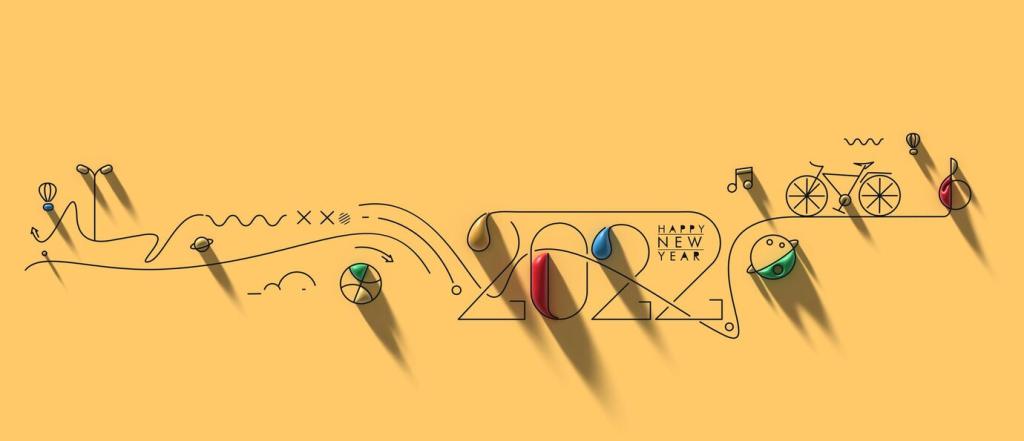The Psychology Behind Persuasive Interior Design Copy
Great design copy invites readers to step into a future version of themselves—calmer mornings, effortless hosting, or creative focus. Paint sensory scenes and name the feelings your spaces unlock. When clients recognize their identity in your language, they move closer to saying yes. Share your favorite identity-driven phrase in the comments.
The Psychology Behind Persuasive Interior Design Copy
Instead of shouting credentials, weave subtle cues of reliability into your narrative: process clarity, attainable timelines, and real project outcomes. Avoid corporate stiffness; speak with warm authority. Trust grows when your voice balances expertise with empathy. What trust cue has worked for you lately? Tell us below and inspire others.



